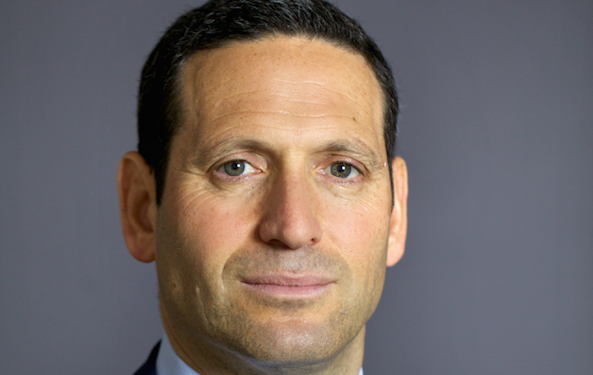To paraphrase the management guru Peter Drucker – don’t try to forecast the future, but try instead to identify the important trends that are already happening today. Take fiduciary management as an example. We hear a lot about this new trend and it may yet establish itself as the norm. Many of the global consultants have embraced this new business model and are keen to see fiduciary management become mainstream.
The uptake of fiduciary management services has some way to go. According to KPMG’s UK Fiduciary Management Market Survey – of all the UK defined benefit schemes, only 5 per cent use full fiduciary management services. Consultants espouse the benefits of fiduciary management as being more efficient for their clients, but fiduciary management is also designed to be a lot more profitable for the consultants compared to the traditional fee-based consulting model.
Neatly dovetailed with fiduciary management is implemented consulting – another trend that has seen consultants recalibrate their business models to improve their profitability. Consultants have become asset managers. But will this development produce better long-term outcomes for members? The jury is out.
Open architecture, a concept that once started as a trend, has become standard practice. Open architecture is a given when financial advisers discuss investment options with their private clients. Fundamental to what open architecture is based on, in my assessment, is what I refer to as the Three Pillars, namely: access to best of breed; competitiveness; and the lack of conflict of interest. Aspects of the Three Pillars formed the basis of the Retail Distribution Review (RDR) and so important was the elimination of conflicts of interest that RDR has been enshrined in law.
Are members of a pension scheme any different to private investors? Arguably, the safety and stability of an individual’s pension is more important than the investment choices in an Isa. So why is it that the same degree of scrutiny and oversight is not being applied to pension schemes? Of all the commentary surrounding fiduciary management and implemented consulting – conflicts of interest, disclosed or otherwise, remain one of the biggest concerns being voiced by pension scheme executives and trustees. Understandably so – the inconsistency in the way the Three Pillars have been applied to investment advice is quite startling.
Another striking revelation in KPMG’s survey was that the vast majority of fiduciary mandates were awarded to their consultants without even going to tender. The mandates were won on an uncontested basis without a fee quote from an alternative provider. Did you also just hear a couple of pillars come crashing down?
My firm, Aurum, manages hedge fund portfolios for pension funds. For some time now, my firm has not been invited to pitch for new hedge fund mandates where a scheme’s consultant offers fiduciary management and/or implemented consulting, as these mandates seldom go to tender.
The implemented consultant’s business model is designed to exclude competitors from bidding against the consultant – after all, why would a consultant invite a competitor to pitch against them? And, on second thoughts, why would external providers feel comfortable equipping the consultant with all the data that they need to gain an upper hand? All this gets a bit messy.
Are we observing two new trends – the end of the beauty parade and the end of competitive tenders? If so, this is really bad news for members. Implemented consulting is anti-open architecture because many, if not all, aspects of the implementation will be managed by the consultant’s own in-house team.
The fox is guarding the hen house. These modern day gatekeepers care less about choosing who to let in, but rather keeping everybody else out; and worryingly – keeping their pension clients locked in too.
Fiduciary management is a new phenomenon for UK schemes and implemented consulting can be accused of being ‘closed architecture’. But the light at the end of the tunnel need not be a train. A handful of established UK consultants have deliberately not gone down the fiduciary management route in order to avoid conflicts. Ultimately it is up to the trustees to ensure that the arrangements that are being put into place are designed to maximise outcomes for members. And when it comes to fiduciary management and implemented consulting, a lot more questions should be asked about conflicts and open architecture – because this will provide greater choice, encourage competition and may well produce better results.





